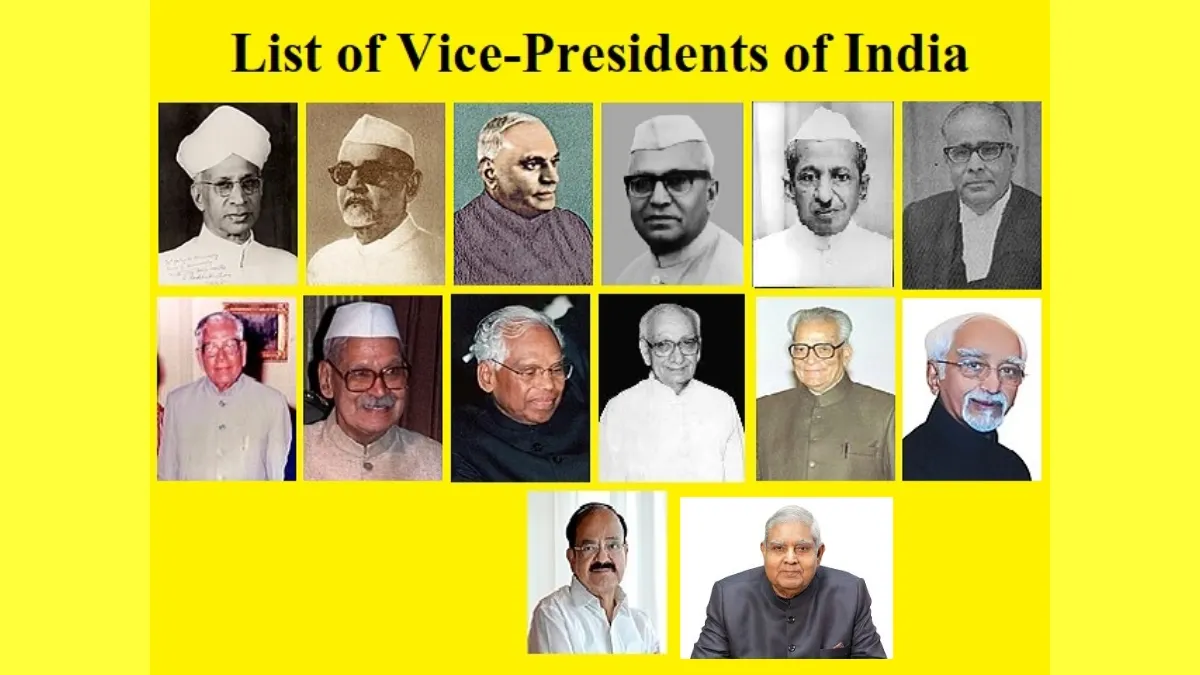A tricolor flag is characterized by its appearance with three different colors in three equally-proportioned bands or fields either horizontally or vertically arranged. These flags, being symbolically bold but simple, have become symbols for national identity, revolution, and unity in many nations.
History and Significance of Tricolor Flags
The use of tricolor flags commonly represents such ideals as liberty, equality, and fraternity, largely inspired by the French Tricolore during the French Revolution. The simplicity provides for easy visual recognition, but it also results in many national flags looking very similar to one another, which might lead to confusion at the international level.
Prominent Examples of Tricolor Flags
Below is an extensive list of countries with significant tricolor flags, categorized by continent and color format:
Europe
| Country | Flag Colors | Arrangement |
| France | Blue, White, Red | Vertical stripes |
| Italy | Green, White, Red | Vertical stripes |
| Ireland | Green, White, Orange | Vertical stripes |
| Romania | Blue, Yellow, Red | Vertical stripes |
| Netherlands | Red, White, Blue | Horizontal stripes |
| Russia | White, Blue, Red | Horizontal stripes |
| Belgium | Black, Yellow, Red | Vertical stripes |
| Hungary | Red, White, Green | Horizontal stripes |
| Germany | Black, Red, Gold | Horizontal stripes |
| Armenia | Red, Blue, Orange | Horizontal stripes |
Africa
| Country | Flag Colors | Arrangement |
| Côte d’Ivoire | Orange, White, Green | Vertical stripes |
| Nigeria | Green, White, Green | Vertical stripes |
| Mali | Green, Yellow, Red | Vertical stripes |
| Guinea | Red, Yellow, Green | Vertical stripes |
| Senegal | Green, Yellow, Red | Vertical stripes with a green star |
| Cameroon | Green, Red, Yellow | Vertical stripes with a yellow star |
| Gabon | Green, Yellow, Blue | Horizontal stripes |
Asia
| Country | Flag Colors | Arrangement |
| India | Saffron, White, Green | Horizontal stripes with a blue Ashoka Chakra |
| Azerbaijan | Blue, Red, Green | Horizontal stripes with crescent and star |
| Armenia | Red, Blue, Orange | Horizontal stripes |
| Iran | Green, White, Red | Horizontal stripes with emblem center |
| Afghanistan† | Black, Red, Green | Vertical stripes with emblem center |
Note: Some countries have seen recent flag changes due to political shifts.
America
| Country | Flag Colors | Arrangement |
| Mexico | Green, White, Red | Vertical stripes with an emblem center |
| Colombia | Yellow, Blue, Red | Horizontal stripes |
| Venezuela | Yellow, Blue, Red | Horizontal stripes with stars |
| Ecuador | Yellow, Blue, Red | Horizontal stripes with emblem center |
| Suriname | Green, White, Red | Horizontal stripes with a yellow star |
Middle East
| Country | Flag Colors | Arrangement |
| Kuwait | Green, White, Red, Black | Horizontal stripes plus a black trapezoid at the hoist |
| Iraq | Red, White, Black | Horizontal stripes with script or emblems |
| UAE | Green, White, Black, Red | Vertical stripe at hoist, then horizontal stripes |
Oceania
| Country | Flag Colors | Arrangement |
| Vanuatu | Green, Red, Black, Yellow | Horizontal and diagonal patterns (non-standard tricolor) |
Why Tricolor Flags Stand Out?
-
Symbolism: Every color generally possesses profound national connotations—peace, bravery, soil, or terrain.
-
Visual Effect: Strong, uncomplicated colors increase perception.
-
Inspirational Impact: Most tricolors evoke flags of freedom and autonomy across the globe.
Drawbacks of Tricolor Flags
Though their simplicity renders them easily remembered, the tricolor pattern can have disadvantages:
-
Homogeneity: Many nations share very similar or same color schemes, with some countries differentiated only by emblems or the arrangement/order of the stripes.
Classic and modern tricolor flags continue to be critical national identity and ideals symbols for the majority of nations globally. As they represent unity, freedom, and history, one can notice how popular they are—although these benefits pose problems in terms of international differentiation and recognition.
Draupadi Murmu Biography: Family, Daughter, husband, education, previous offices and other details
List of Vice-Presidents of India and their Term of Office [Updated 2025]
Explore the complete list of Vice Presidents of India from 1952 to 2025, including details about their tenure, constitutional roles, and key facts. The most recent update includes Jagdeep Dhankhar’s resignation in 2025 due to health issues. Learn about the eligibility, powers, and historical significance of India’s second-highest constitutional office.
JUL 21, 2025, 23:47 IST
 List of Vice-Presidents of India and their Term of Office (1952-2021)
List of Vice-Presidents of India and their Term of Office (1952-2021)
List of Vice Presidents of India: After the election of Vice-Presidential elections in 2022, which was held on August 6, 2022. The announcement regarding the elections was made by the Election Commission of India. On July 16, 2022, Jagdeep Dhankar became the Vice President of India. But on July 21, 2025, due to a health problem, the Vice-President of India, Jagdeep Dhankar, gave his resignation before completing the tenure of five years.
— Vice-President of India (@VPIndia) July 21, 2025
The Vice-President of India is the second-highest constitutional office in the Government of India and is the ex-officio chairman of the Rajya Sabha. The Vice-President is elected by the members of an electoral college consisting of the members of both houses of the Parliament, and the State Legislature has no role.
Article 63 of the Indian Constitution states that there shall be a Vice-President of India. As per Article 65 of the Indian Constitution, he is entitled to take important decisions in certain cases of contingency due to resignation, removal, death, impeachment, or the inability of the President of India to discharge functions.
Once elected, the Vice-President continues in office for a five-year term but can continue in office until a successor assumes office, irrespective of the expiry of the term.
Qualifications for Vice-President of India:
1. He must be a citizen of India.
2. He should not be less than 35 years.
3. He must be eligible for election as a member of the Rajya Sabha.
4. He must not be a member of the Rajya Sabha.
5. He should not hold any office of profit.

Comments
All Comments (0)
Join the conversation